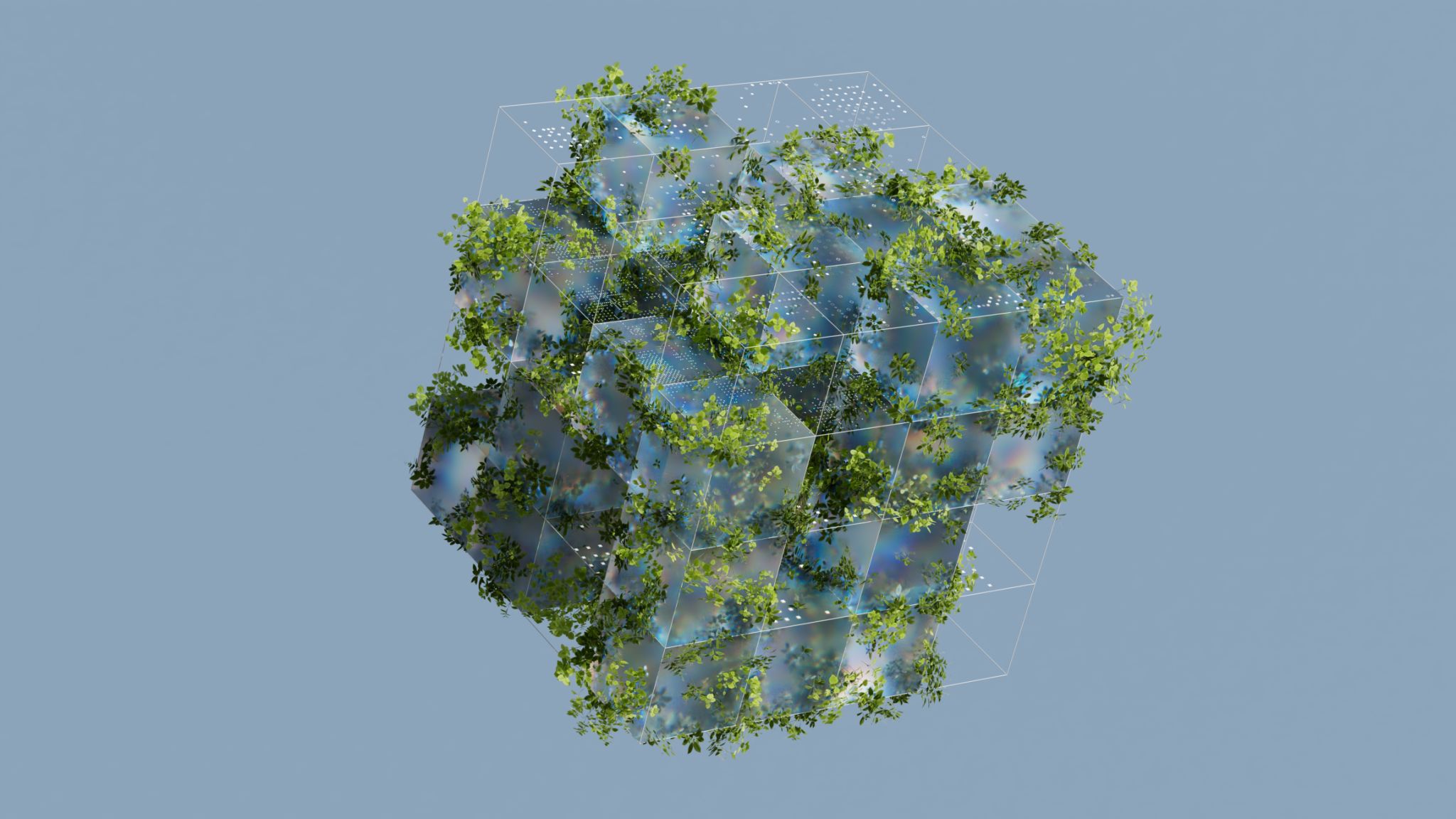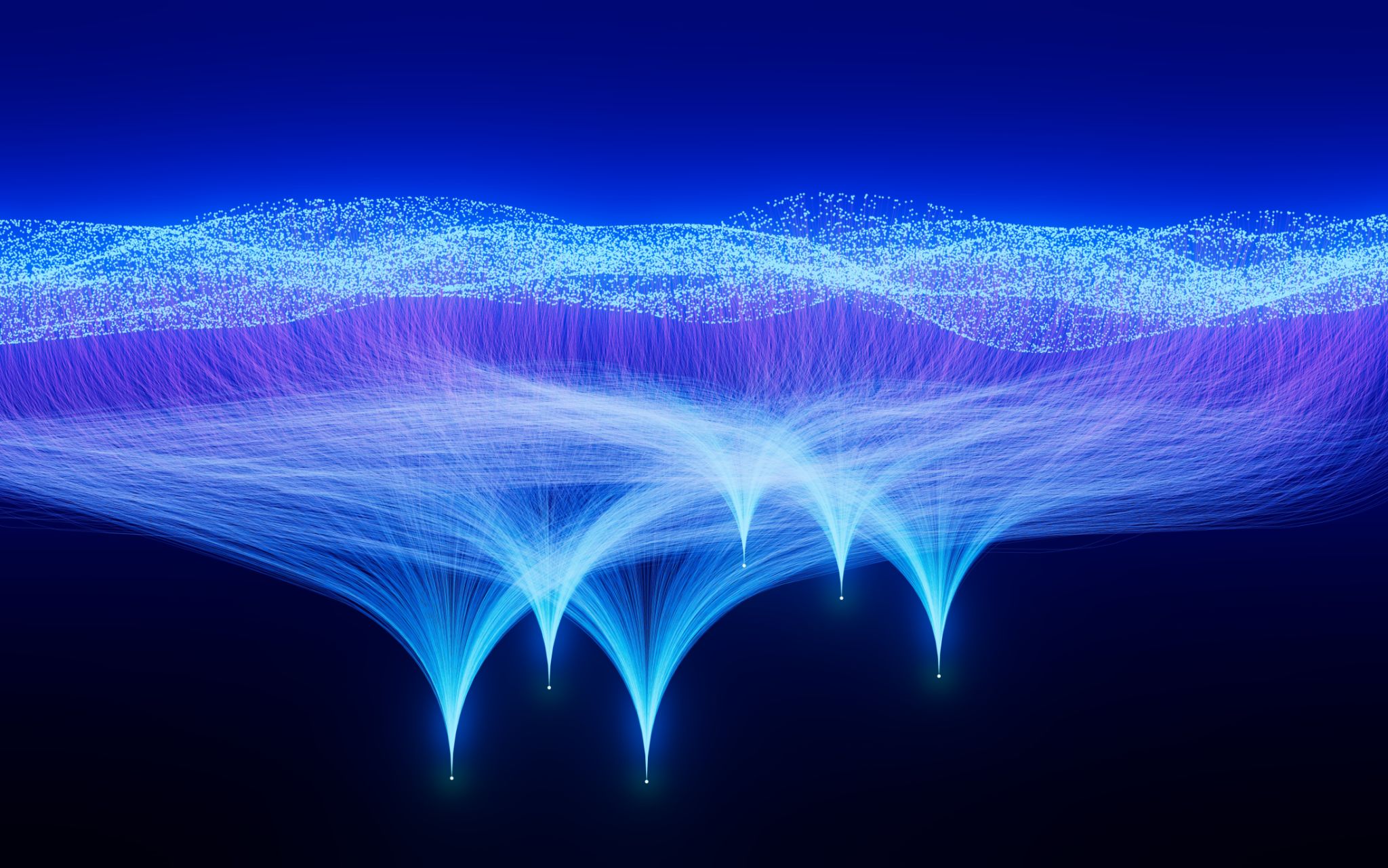A Comprehensive Guide to Nature-Inspired AI Innovations
Understanding Nature-Inspired AI
Nature has always been a source of inspiration for technological advancements. From the elegant flight of birds to the intricate patterns of a spider's web, the natural world offers a treasure trove of ideas. In recent years, these inspirations have significantly influenced the field of artificial intelligence (AI), leading to the development of innovative algorithms and systems that mimic biological processes.
Nature-inspired AI aims to replicate the efficiency and adaptability of biological systems. It leverages principles observed in nature to solve complex problems, offering solutions that are not only efficient but also sustainable. These innovations are transforming industries by providing robust and adaptive AI models.

Biomimicry in AI Algorithms
Biomimicry refers to the design and production of materials, structures, and systems that are modeled on biological entities and processes. In AI, biomimicry plays a crucial role in developing algorithms that mimic natural selection and evolution. Genetic algorithms, for example, are inspired by the process of natural selection and are used to find optimal solutions by iteratively improving candidate solutions.
These algorithms are particularly useful in optimization problems where traditional methods fall short. By employing a process that mimics evolution, genetic algorithms can explore a vast search space efficiently to identify the best possible solutions.
Swarm Intelligence: Learning from Social Organisms
Swarm intelligence is another fascinating area of nature-inspired AI. It draws inspiration from social organisms like ants, bees, and birds. These creatures exhibit remarkable collective behavior, which can be harnessed for AI applications. For instance, ant colony optimization is a technique inspired by the foraging behavior of ants and is used to solve complex routing and scheduling problems.

Similarly, particle swarm optimization mimics the social behavior of bird flocks and fish schools to solve nonlinear optimization problems. These algorithms rely on simple rules and local interactions to achieve global optimization, making them powerful tools in various fields.
Neural Networks: Emulating the Human Brain
Perhaps the most well-known nature-inspired innovation in AI is the neural network. These networks emulate the structure and function of the human brain, consisting of interconnected nodes (neurons) that process information. Neural networks have revolutionized fields like image and speech recognition by providing systems that can learn from data and improve over time.
Deep learning, a subset of neural networks, has further expanded the capabilities of AI by enabling machines to learn complex patterns and representations from massive datasets. This has led to breakthroughs in areas such as natural language processing and autonomous vehicles.

Evolutionary Computing: Harnessing the Power of Adaptation
Evolutionary computing encompasses a range of algorithms that draw inspiration from the process of natural evolution. These algorithms simulate phenomena such as mutation, crossover, and selection to evolve solutions over time. Evolutionary strategies are often employed in optimization tasks where adaptability and robustness are paramount.
This approach is particularly beneficial in dynamic environments where conditions change rapidly. By continually adapting to new situations, evolutionary computing ensures that AI systems remain effective even in fluctuating scenarios.
The Future of Nature-Inspired AI
The potential of nature-inspired AI innovations is vast and largely untapped. As researchers continue to explore the intricacies of biological systems, new algorithms and methodologies will emerge, further enhancing the capabilities of AI. The integration of these nature-inspired techniques with existing technologies promises a future where AI systems are more efficient, adaptable, and sustainable.

Industries across the globe stand to benefit from these advancements, with applications ranging from environmental conservation to healthcare. As we deepen our understanding of nature’s principles, we move closer to creating AI systems that not only emulate life but also enhance our ability to coexist with it.